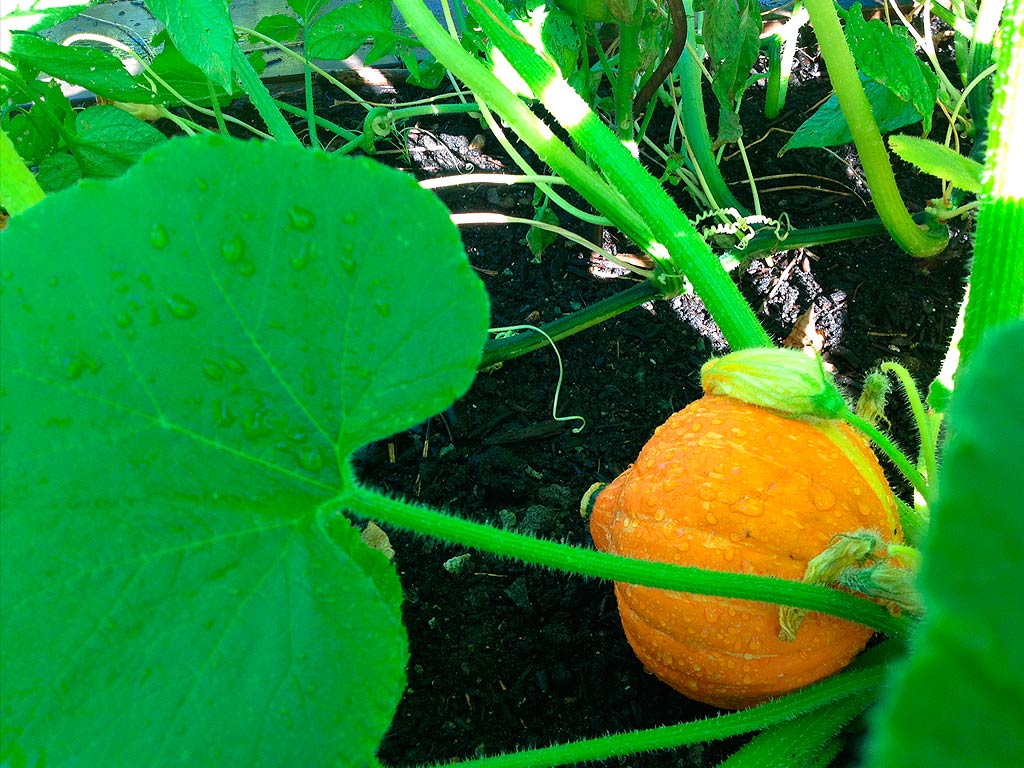The following is the abstract from an article from the Journal of Agriculture, Food Systems and Community Development (JAFSCD). To read the rest, find more articles and to sign up for the newsletter, please visit their website
Structural inequities contribute to food systems in which tribal communities in the U.S. are more likely to experience barriers to healthy food access, including financial barriers, lack of geographic proximity, or both. Food sovereignty movements improve food access by shifting power to local people to build food systems that support cultural, social, economic, and environmental needs. Financial incentive programs, including produce prescription programs, have emerged as a promising intervention to improve food access and support food sovereignty. This case study describes the implementation of two federally funded produce prescription programs (Produce Prescription Projects or PPR) under the U.S. Department of Agriculture (USDA) Gus Schumacher Nutrition Incentive Program (GusNIP) in two rural tribal communities: the Yukon Kuskokwim Delta region in Alaska, and the Navajo Nation, which spans parts of New Mexico, Arizona, and Utah. We illustrate how PPR can be tailored to accommodate local and diverse cultures, strengthen community power, and be uniquely suited for the challenges of increasing access to nutritious food in rural tribal communities. We also highlight recommendations and future areas of research that may be useful for other rural tribal communities implementing PPR.


